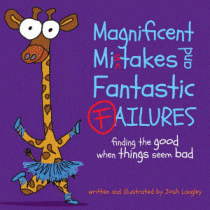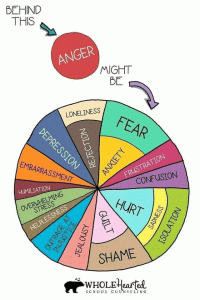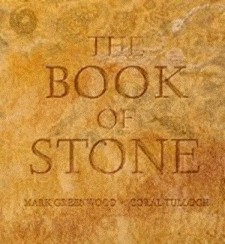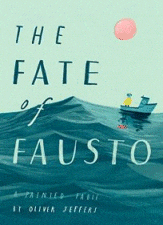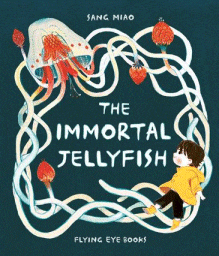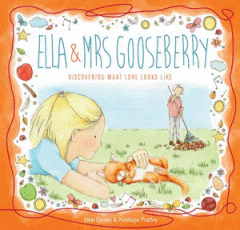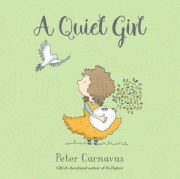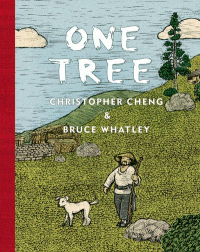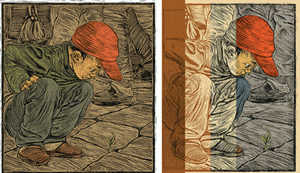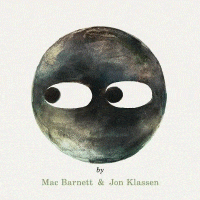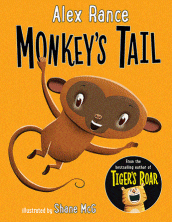
Monkey’s Tail
Monkey’s Tail
Alex Rance
Shane McG
Allen & Unwin, 2020
32pp., hbk., RRP $A19.99
9781760524487
Howler Monkey loved to climb. He learned as a baby from his father and he practised and practised until he got so good at it that animals from all over the world would watch him. But one day he fell and damaged his tail so badly that he could not climb any more. He hid his injury because he was ashamed and scared that his family and friends would not like him because he couldn’t do the one thing that gave them pleasure. He became so sad that he sought the advice of Oldest Monkey who asked some really pertinent questions that helped Howler Monkey understand that he still had family and friends who loved him, he could still be the role model he was – just in a different way – and that what he did did not define who he was.
Rance, the author, was an elite Australian Rules player for the Richmond Tigers and was a member of the team that won the premiership in 2017, a feat that they hadn’t achieved since 1980. But in 2019 he ruptured his ACL in the first game of the season, ending his playing days for the year, and most likely for ever. These life-changing events have been the inspiration for this series of stories including Tiger’s Roar and Rabbit’s Hop, to help young children deal with the highs and lows of life and understand that why they do things is much more important that what it is they do. If they understand their motivation, then their actions (whether positive or negative) can be chosen, challenged and changed to suit the circumstances and it is the whole of who they are that defines them, not just one aspect.
Even without knowing the author’s personal story, young readers will appreciate this book and Howler Monkey’s predicament, particularly as they return to school and even to team sports where their lives may have changed considerably post-pandemic. The playing field might now be closer to level.
